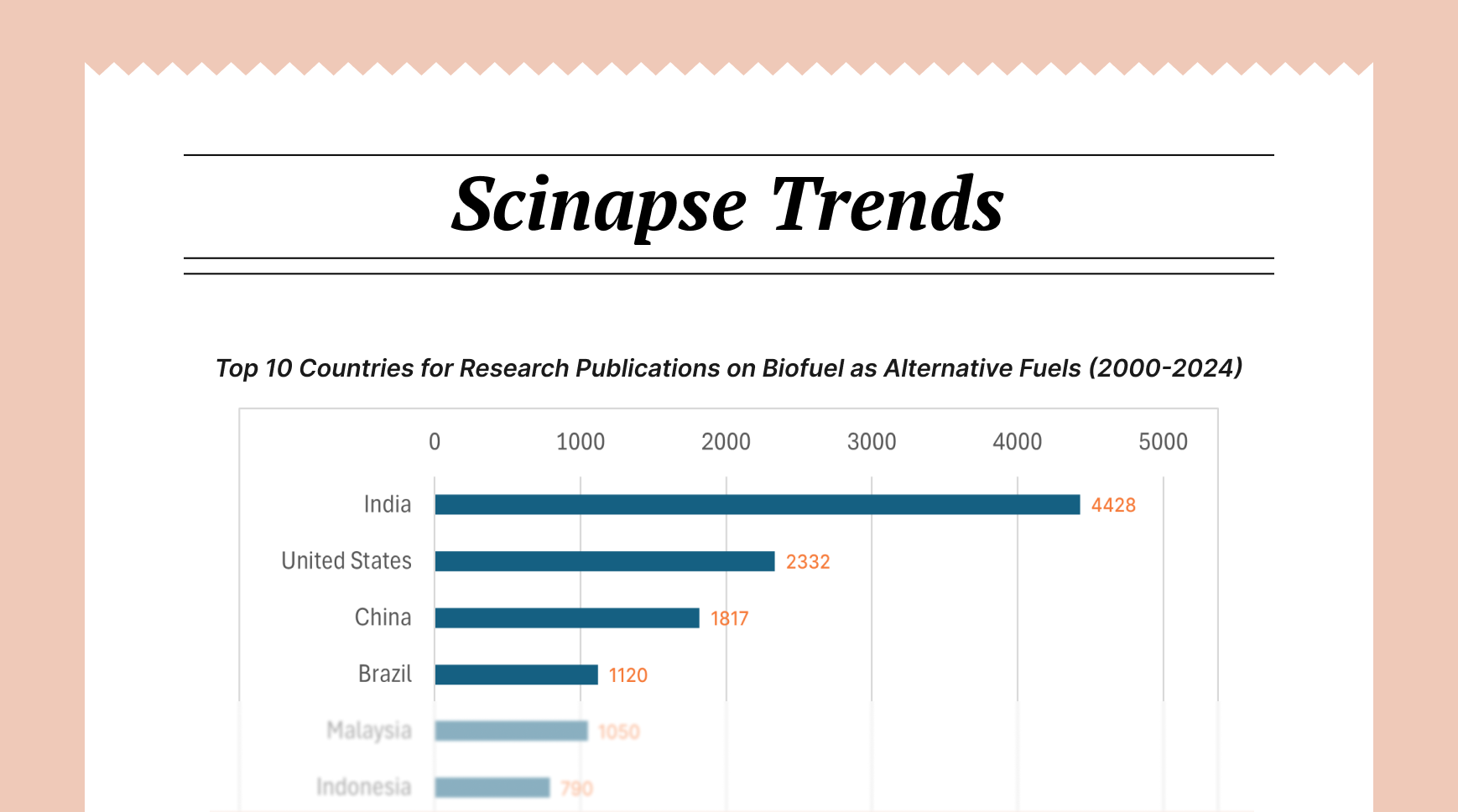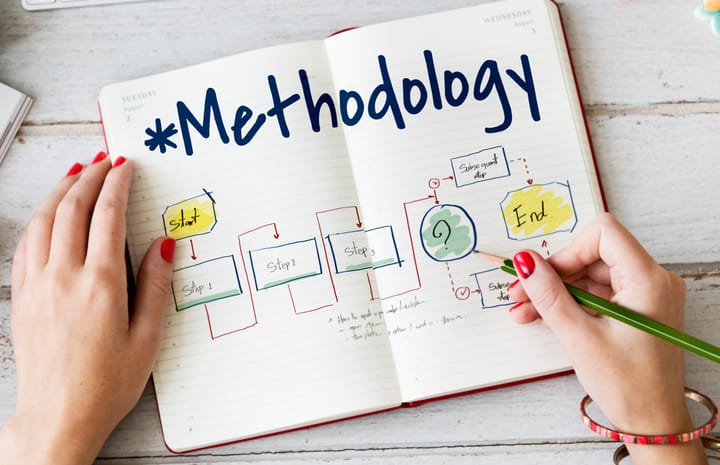Writing the Introduction and Conclusion of a Literature Review

The introduction and conclusion of a literature review serve as essential framing elements that orient readers, establish significance, and synthesize insights. While the body of a literature review presents the substantive analysis of existing research, the introduction and conclusion provide critical context and meaning—transforming what might otherwise be a collection of summaries into a cohesive scholarly contribution. These sections require particular attention as they significantly influence how readers understand and value the review as a whole. This article examines the essential components, strategic approaches, and common pitfalls in crafting effective introductions and conclusions for literature reviews across academic disciplines.

How to Write an Effective Introduction for Literature Review
1- Establishing Context and Significance
The introduction begins by situating the review within its broader scholarly and practical context:
- Identify the research area: Define the field or topic under examination, moving from general to specific.
- Establish significance: Explain why this area warrants review, addressing both theoretical importance and practical implications.
- Provide historical context: Briefly trace the development of the field to contextualize current understanding.
- Address contemporary relevance: Connect the review to current scholarly conversations or practical challenges.
2- Articulating Purpose and Scope
Clear statements of purpose and scope orient readers to what the review will and will not address:
- State the purpose: Explicitly identify the review's objectives, whether synthesizing knowledge, identifying gaps, establishing theoretical foundations, or evaluating methodological approaches.
- Define boundaries: Clarify the scope in terms of timeframe, geographical focus, theoretical perspectives, methodological approaches, or other relevant parameters.
- Justify parameters: Explain the rationale behind scope decisions rather than presenting them as arbitrary choices.
- Acknowledge limitations: Briefly note boundaries that may affect the interpretation of the review's findings.
This explicit framing helps readers understand the review's intended contribution and evaluate its comprehensiveness appropriately.
3- Previewing Structure and Approach
The introduction should provide a roadmap that guides readers through the review's organization:
- Outline organizational approach: Explain whether the review is structured thematically, methodologically, chronologically, or by some other organizing principle.
- Justify organizational choices: Connect the organizational approach to the review's purpose.
- Preview key sections: Briefly introduce the major sections or themes to be addressed.
- Indicate analytical approach: Clarify whether the review will be primarily descriptive, integrative, critical, or comparative.
This preview establishes expectations and helps readers navigate the review's structure, particularly for longer or more complex reviews.
4- Positioning Within Existing Literature
The introduction should position the review itself within the tradition of previous reviews on the topic:
- Acknowledge previous reviews: Identify earlier literature reviews addressing similar questions.
- Differentiate current contribution: Explain how the present review builds upon, updates, or differs from previous syntheses.
- Identify gaps in review literature: Note aspects of the topic that remain unaddressed by existing reviews.
- Connect to methodological developments: Consider how advances in review methodology inform the current approach.
This positioning establishes the review's originality and contribution to the meta-literature of the field.
Writing a Comprehensive Conclusion for Literature Review
1- Synthesizing Key Findings
The conclusion begins by synthesizing the review's central insights:
- Consolidate major themes: Identify patterns, trends, and convergences across the reviewed literature.
- Highlight significant developments: Emphasize major advances or turning points in understanding.
- Address contradictions and debates: Summarize areas of scholarly disagreement and their implications.
- Evaluate the state of knowledge: Assess the overall robustness of evidence and theoretical development in the field.
Rather than simply summarizing section by section, this synthesis should identify cross-cutting insights that emerge from the review as a whole.
2- Identifying Gaps and Limitations
A critical function of the conclusion is highlighting what remains unknown or underdeveloped:
- Research gaps: Identify areas where evidence is sparse, contradictory, or missing entirely.
- Methodological limitations: Note persistent methodological weaknesses across studies.
- Theoretical underdevelopment: Highlight concepts or relationships that lack adequate theoretical articulation.
- Generalizability constraints: Address limitations in the applicability of findings across contexts.
These identified gaps provide direction for future research and acknowledge the boundaries of current knowledge.
3- Discussing Implications
The conclusion should explicitly address the significance of the review's findings:
- Theoretical implications: Discuss how the synthesized literature advances conceptual understanding.
- Methodological implications: Consider how methodological patterns or innovations shape the field.
- Practical implications: Address applications for professionals, policymakers, or other stakeholders.
- Interdisciplinary connections: Explore how findings might inform or be informed by other fields.
These implications connect the review to broader scholarly and practical concerns, demonstrating its relevance beyond cataloging existing literature.
4- Suggesting Future Directions
The conclusion typically offers guidance for advancing the field:
- Research priorities: Suggest high-value questions for future investigation.
- Methodological recommendations: Propose approaches to address persistent methodological limitations.
- Theoretical development: Identify opportunities for conceptual clarification or theoretical integration.
- Practical next steps: Suggest applications or interventions warranting development or evaluation.
These suggestions should flow logically from the gaps and implications identified earlier rather than appearing as disconnected recommendations.
Effective Writing Techniques for Writing Introduction and Conclusion for Literature Review
1- Narrative Techniques for Introductions
Several narrative approaches can enhance introductory effectiveness:
- Problem-centered openings: Begin by identifying a significant problem or challenge that motivates the review.
- Historical narratives: Trace the evolution of the field to contextualizing current questions.
- Conceptual paradoxes: Highlight apparent contradictions or tensions that warrant exploration.
- Contemporary relevance: Connect the topic to current events or ongoing debates.
These approaches engage readers by establishing intellectual curiosity and relevance rather than beginning with dry, formulaic statements.
2- Structures for Impactful Conclusions
Effective conclusions often follow certain structural patterns:
- Funnel structure: Begin with specific findings and progressively broaden to wider implications.
- Bookend approach: Echo themes from the introduction to create symmetry and reinforce key messages.
- Challenge-and-response: Revisit the problems identified in the introduction and summarize how the literature addresses them.
- Future-oriented close: End by looking forward to next-generation research questions.
These structures help conclusions feel purposeful and cohesive rather than simply marking the review's end.
3- Balancing Comprehensiveness and Focus
Both introductions and conclusions benefit from careful attention to scope:
- Introductions: Provide sufficient context without becoming literature reviews themselves.
- Conclusions: Synthesize key findings without introducing substantial new analysis.
- Length calibration: Scale introduction and conclusion length proportionally to the review's overall size.
- Focus maintenance: Ensure all content connects directly to the review's central purpose.
This balance ensures these sections fulfill their framing functions without overwhelming readers with excessive detail or digression.
Common Challenges and Solutions
1- Avoiding Formulaic Writing
Introductions and conclusions often suffer from formulaic, lifeless writing:
- Avoid generic openings: Replace clichéd phrases like "In recent years..." or "Many scholars have studied..." with specific, substantive statements.
- Minimize template language: Craft language particular to the topic rather than using generic review templates.
- Incorporate authentic voice: Maintain scholarly tone while allowing intellectual engagement to energize the writing.
- Prioritize precision: Use specific rather than vague language to describe the field and the review's contribution.
These approaches help introductions and conclusions feel intellectually vital rather than perfunctory.
2- Managing Redundancy
A common challenge involves balancing necessary repetition with excessive redundancy:
- Strategic repetition: Deliberately echo key themes across the introduction and conclusion for reinforcement.
- Varied emphasis: Address similar content from different angles—previewing in the introduction and reflecting in the conclusion.
- Progressive elaboration: Introduce concepts briefly in the introduction and develop them more fully in the conclusion.
- Distinctive perspectives: Frame similar content through different lenses—possibility in the introduction, evidence in the conclusion.
These techniques help maintain cohesion without creating the impression that the conclusion merely repeats the introduction.
3- Challenges in Interdisciplinary Reviews
Interdisciplinary reviews present particular challenges for introductions and conclusions:
- Establish common ground: Identify concepts or questions that connect different disciplinary perspectives.
- Acknowledge epistemological differences: Address varying approaches to knowledge across disciplines.
- Create accessible language: Minimize disciplinary jargon or provide clear explanations.
- Balance disciplinary perspectives: Ensure the framing doesn't privilege one discipline's approach.
These strategies help introductions and conclusions speak effectively to diverse scholarly audiences.
Beyond their functional roles, the introduction and conclusion sections significantly influence how readers perceive the review's value and relevance. They represent opportunities to engage readers intellectually, connect specialized knowledge to broader concerns, and demonstrate the review's significance within and beyond its field. The quality of these sections often distinguishes truly impactful literature reviews from those that merely catalog existing research.
Author: Uttkarsha B
- AI-Ethicist and STM Research & Publishing Expert
Never re-search again.
Scinapse is made by researchers for researchers.
Join the next generation of research at ⏯️ https://scinapse.io/
Pluto Labs
Pluto Labs helps researchers focus on their research by improving several inefficiencies in the academic research process. We offer data-driven insights from academic papers, allowing users to easily obtain review-level results for their desired range of papers.
https://pluto.im/





Comments ()